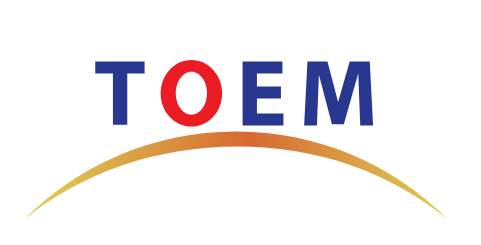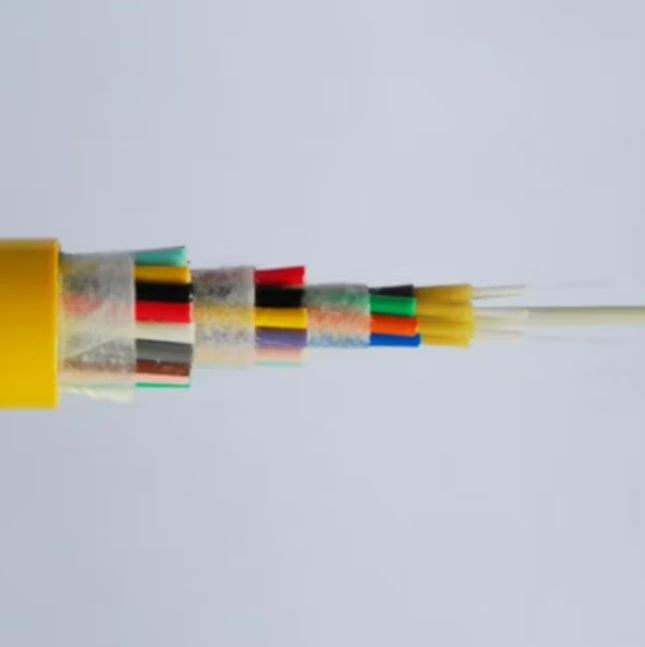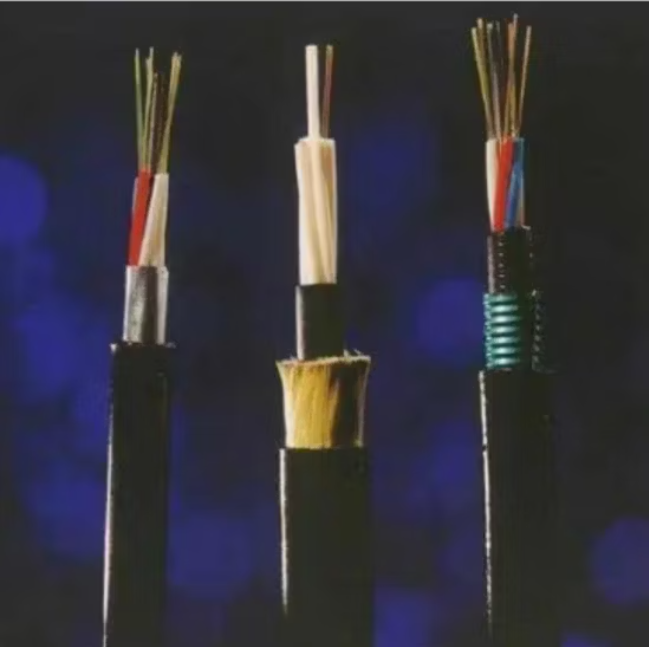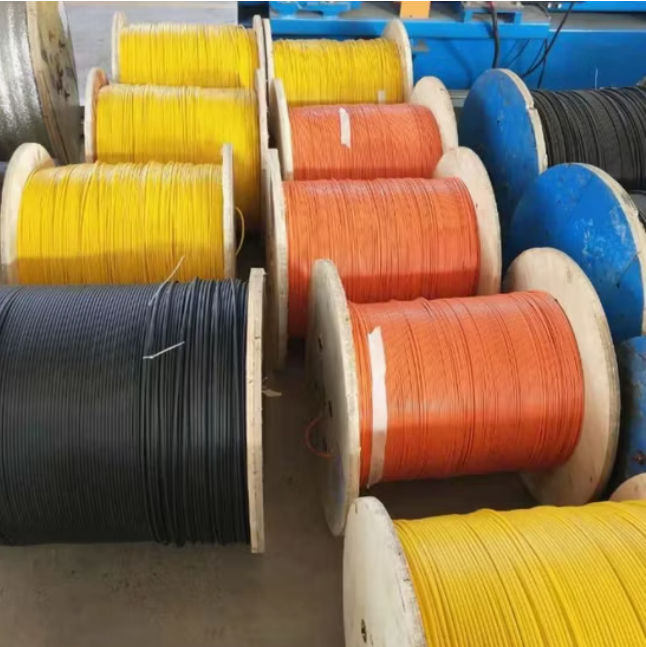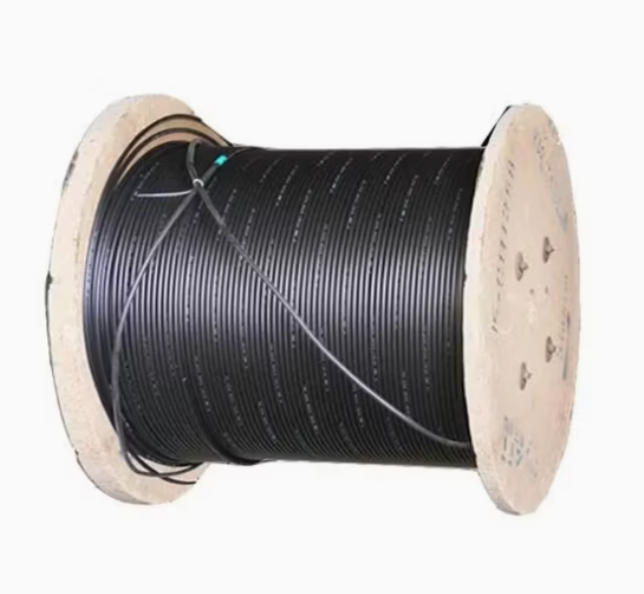Shanghai Gengyun Industrial Co., Ltd
Characteristics of multi-core dry-type fiber optic cable
In today’s pursuit of explosive growth in network capacity and green low-carbon deployment, multi-core dry-type fiber optic cables, with their innovative design concepts, are becoming the preferred solution for modern optical communication network construction, bringing revolutionary improvements to data center interconnection, 5G front/middle transmission, and urban backbone network laying.
Its core advantages lie in ultra-high fiber density and spatial efficiency. Multiple independent fiber cores (such as 4-core, 8-core, 12 core, or even more) are integrated into a single cable, and the fiber cores are tightly arranged with optimized protective structures. Compared to traditional single core or loose core cables, the fiber capacity can be increased several times under the same outer diameter, greatly alleviating the problem of pipeline resource shortage and significantly reducing the cost of laying unit fibers. It is an ideal choice for pipeline space expensive scenarios.
The revolutionary ‘dry’ water blocking technology is another major highlight. Abandon traditional ointment filling and use dry materials such as waterproof yarn, waterproof powder, or high-performance waterproof tape to block moisture. This brings multiple advantages: cleaner and more efficient construction (no grease pollution, easy to peel and use immediately); Easier maintenance (fiber optic connections do not require tedious cleaning); Better long-term reliability (eliminating performance hazards caused by aging and migration of oil paste); At the same time, it is more in line with environmental protection requirements.
The multi-core dry structure also endows it with excellent mechanical and environmental adaptability. The optimized cable core structure ensures that each fiber core is uniformly stressed, providing excellent compressive, tensile, and bending performance. The sturdy outer sheath effectively resists wear, moisture, and chemical corrosion, ensuring the long-term stable operation of optical fibers in complex and harsh environments such as direct burial, pipelines, and overhead, significantly reducing network failure rates.
In addition, its lightweight design reduces the burden of transportation and construction, and coupled with its dry characteristics, significantly accelerates deployment speed. Excellent flexibility also facilitates flexible placement in dense cable trays and corners, improving construction efficiency.
Multi core dry-type fiber optic cables perfectly integrate core advantages such as ultra-high density, green and clean, sturdy and reliable, and easy deployment. They are an important infrastructure to support the construction of next-generation high-speed optical networks, achieve efficient, intelligent, and sustainable development, and inject strong momentum into the digitalization process.
